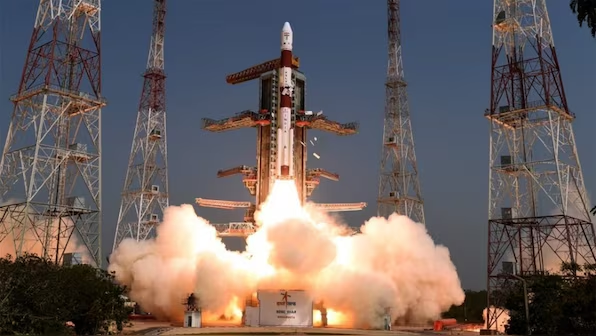ISRO will launch the European Space Agency’s Proba-3 mission on 4 December. It is an achievement in the growing reputation of ISRO as sending cost-effective and reliable space missions. The mission aims to investigate the Sun’s corona, the outer scorching layer of its atmosphere, by creating artificial eclipses. It also discusses how ISRO can offer dependable, reasonably priced launch services and how its Polar Satellite Launch Vehicle (PSLV) can be a better alternative to ESA’s own heavy-duty rockets. With a 550 kilogram payload, experts from Spain, Belgium, Poland, Italy, and Switzerland are collaborating on the Proba-3 mission to ensure its successful completion.
The precision formation flying technique is one of the key innovations in Proba-3. Two satellites will be flown in a very strict 150-meter formation called the Occulter and the Coronagraph. The intense light of the sun will be blocked by the occulter, which allows the coronagraph to have a clear view of the Sun’s corona. It is this maneuver that allows scientists to observe the solar atmosphere closer to the Sun’s surface than ever before and get useful information about the behavior of the Sun.
This mission will follow the success of ESA’s earlier solar missions, Proba-1 and Proba-2, launched on ISRO’s vehicles. Proba-3 is going to improve our understanding of space weather, the solar wind, and other phenomena that directly affect Earth’s environment. By refining our knowledge of these elements, scientists hope to improve predictions of space weather impacts on Earth.
The Proba-3 mission costs 200 million euros and shall last for two years. About 50 artificial eclipses will be generated each year when the satellites will produce them, and each eclipse may last for about six hours. Researchers expect to have data by March, after all commissioning phases are taken care of by the two satellites.
The payload will carry some of the state-of-the-art instruments like ASPIICS, which are expected to explain why the solar corona is several million degrees hotter than the photosphere. Proba-3 will also explain the dynamics of Coronal Mass Ejections (CME) and heating near the sun. The mission will bring significant leaps in the understanding of the solar phenomena and their implications in the space weather.
According to ESA, the Proba-3 mission has been in development for more than ten years; it also emphasizes the project’s complexity & scope. This mission provides the scientists with a unique chance to examine the Sun’s corona in remarkable detail by producing artificial eclipses.
As ISRO prepares for this historic launch, which will combine innovation and international collaboration to uncover the Sun’s most elusive mysteries, it’s another feather in the cap for Indian space exploration.
